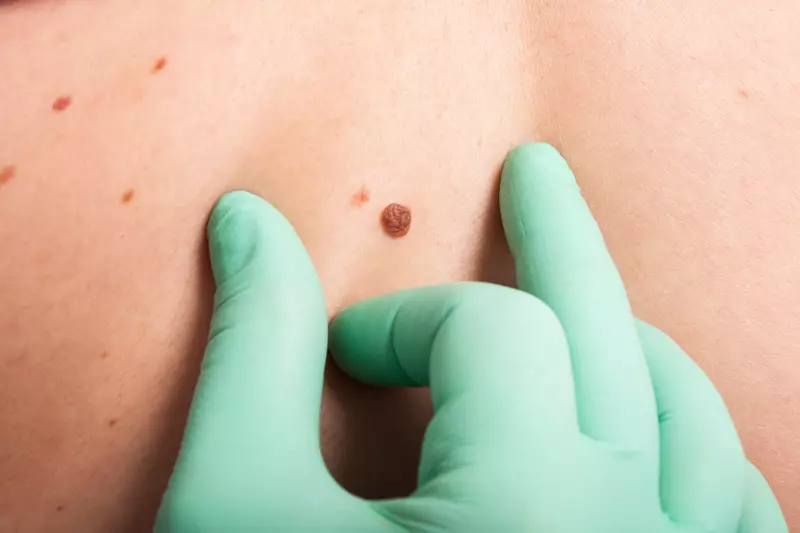Around here, we’re all out and about year-round. But coming off of the long sunny days of summer, now is a good time to take stock of your skin. At our altitude of 3,623 feet in Bend, we get more than our fair share of ultraviolet rays.
When it comes to knowing about skin cancer and what to look for, it pays to get downright alphabetical, specifically A, B, C, D, and E. Those five letters are an easy way to remember five steps in identifying growths that could be skin cancer.
We all live in sunny Central Oregon for the gorgeous sunny climate, and most of us have at least some knowledge about our skin and sun damage. Gone are the days of slathering baby oil all over our bodies and lying in the sun for hours on end. Gone are the days of the Coppertone little girl and her famous tan line.
Still, the key to beating skin cancer is to keep ever vigilant, to catch it early. Toward that end, Dr. Carter wants her patients to be knowledgeable about the warning signs, so here is some additional information on skin cancer.
Who gets skin cancer?
If you’re one of the people who always seem to need to have lesions frozen or small skin cancers excised, you probably know, and hate, people who never seem to get a thing. Odds are their skin is darker. So, why don’t they have sun issues like you? It all comes down to melanin. Melanin is the pigment in the skin that helps protect it from the sun. Melanin is what is responsible for turning the skin a darker tone (tanning) after receiving sun exposure. This is a protection mechanism.
People with fair skin have less melanin so they are less protected. The ultraviolet rays from the sun can alter the genetic material in skin cells, causing them to mutate into cancerous cells. It is estimated that 40 to 50% of people with fair skin (who live to be at least 65 years of age) will develop at least one skin cancer in their lives.
Different cancers
Squamous cell carcinomas and basal cell carcinomas are more common than melanoma and they come from different types of sun exposure. Squamous and basal cell carcinomas are the result of the amount of overall sun exposure. Fair-skinned people who spend a lot of time outdoors will likely develop one of these two skin cancers. Melanoma, the most dangerous type of skin cancer, isn’t thought to come from prolonged sun exposure, but from the intensity. It is believed that melanoma is triggered by the scorching sunburns where the person’s skin blisters and peels afterwards. Research has shown that just one blistering sunburn during childhood doubles a person’s risk for developing melanoma later in life. If you’re over 50, odds are you’ve had countless types of those sunburns because sunscreens were in their infancy when you were a kid.
Know your ABCDEs
These five letters can come in handy when looking for skin cancers on your skin.
- Asymmetry— If one half of the mole doesn’t match the other half, that’s a concern. Normal moles are symmetrical.
- Border— If the border or edges of your mole are ragged, blurred, or irregular, that is a reason to call Dr. Carter. Melanoma lesions often have irregular borders.
- Color— Normal moles are a single shade throughout. If your mole has changed color or if it has different shades of tan, brown, black, blue, white, or red, then it should be checked.
- Diameter— If a mole is larger than the eraser of a pencil it needs to be checked.
- Evolving— If a mole evolves by shrinking, growing larger, changing color, itching or bleeding, or other changes it should be checked. Melanoma lesions often grow in size or gain height rapidly.
In a sunny place like Bend, we all need to be aware of the signs of skin cancer. If you’ve been minding your ABCDEs and something has caught your eye, call Dr. Carter and let’s take a look, [primary_phone].


Recent Comments